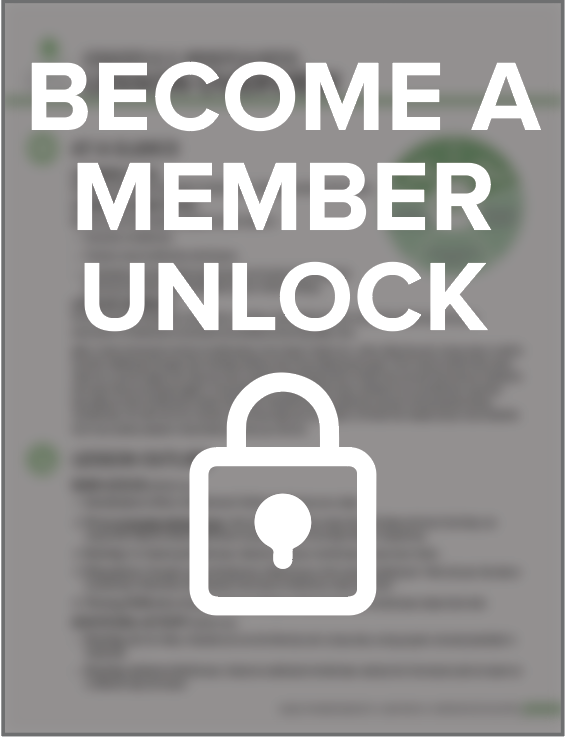Locked Content
Unlock this lesson plan by becoming a paid member. Existing members, please log in.
Students will learn about the two systems of the brain: the fight-or-flight amygdala and the thoughtful prefrontal cortex.
By the end of the lessons, students will be able to:
- Describe the lizard brain and identify situations when this part of the brain is used
- Describe the wizard brain and identify situations when this part of the brain is used
This week’s lesson will introduce two basic parts of the brain: the lizard brain (the amygdala) and the wizard brain (the prefrontal cortex). We do not expect you to become an expert in neuroscience to teach this lesson.
The lesson starts with a mindful breathing activity then moves to an introduction of the lizard and wizard brains. The lizard brain, responsible for processing threats and activated in strong emotional situations, is often referred to as the fight-or-flight response. The wizard brain is responsible for complex thought, planning, decision-making, impulse control, and self-awareness. The Munchy and Jumpy story then tells of a scavenger hunt in which the rabbits learn how their friends, representing the two parts of the brain, respond to different situations. An activity gives students an opportunity to decide which part of their brain they would use in different scenarios. Students end by reflecting through a drawing.
Utilize some of the videos found under the lesson variations for visuals on the brain.
As always, the Munchy and Jumpy story is the anchor for this lesson and read alouds work great online!
For the Become a Lizard or Wizard activity, start by making sure students’ cameras are on. Come up with a hand gesture for the wizard brain and a different one for the lizard brain and teach the class. Then, read the scenarios aloud and have students on the count of three show the symbol for which brain they think is being described.
For a recorded option, consider having students make two columns on a piece of paper, lizard brain on one side and wizard brain on the other. After you read aloud each scenario for the Becoming a Lizard or Wizard activity, tell students to make a tally under which brain they think is being described.
CASEL Competencies
Self-awareness: The abilities to understand one’s own emotions, thoughts, and values and how they influence behavior across contexts. This includes capacities to recognize one’s strengths and limitations with a well-grounded sense of confidence and purpose.
Self-management: The abilities to manage one’s emotions, thoughts, and behaviors effectively in different situations and to achieve goals and aspirations. This includes the capacities to delay gratification, manage stress, and feel motivation & agency to accomplish personal/collective goals.
Responsible decision-making: The abilities to make caring and constructive choices about personal behavior and social interactions across diverse situations. This includes the capacities to consider ethical standards and safety concerns, and to evaluate the benefits and consequences of various actions for personal, social, and collective well-being.


